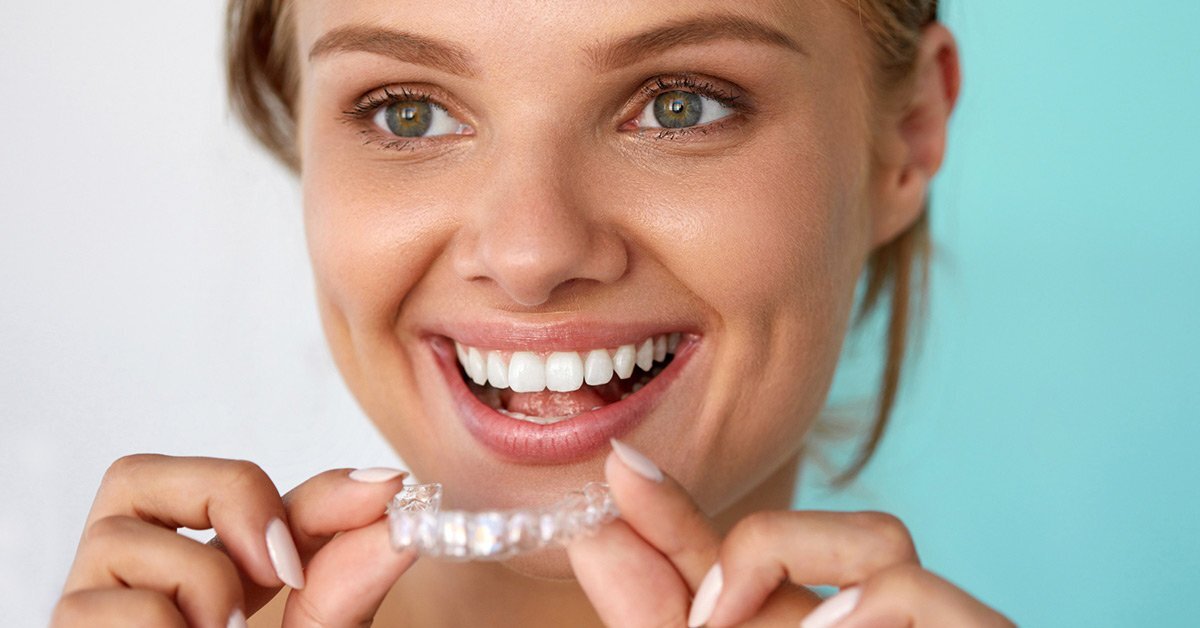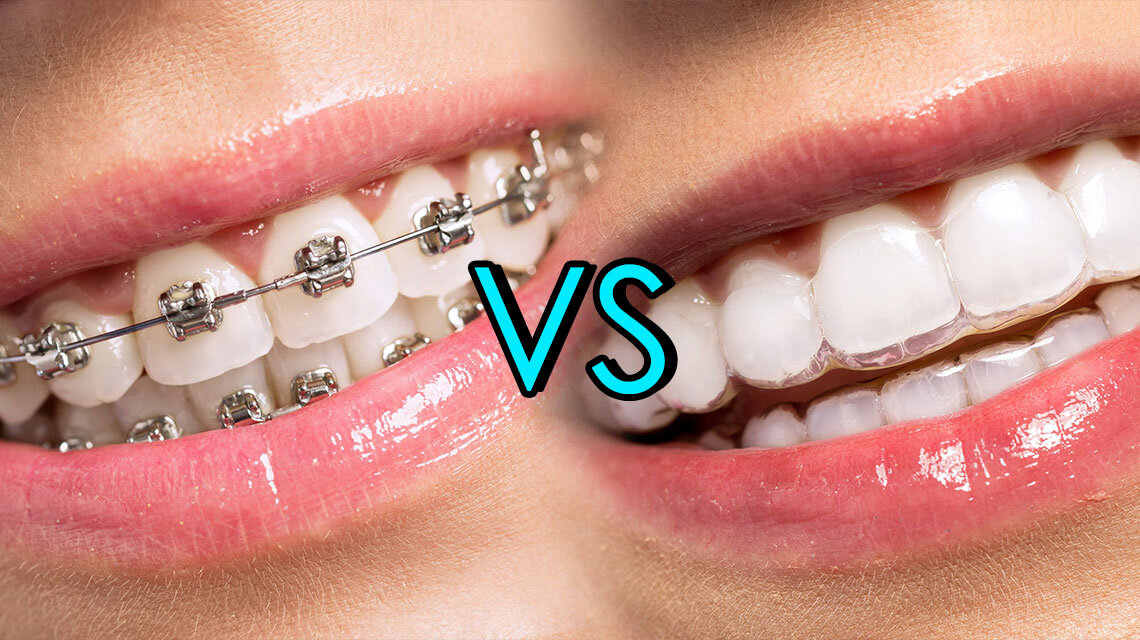Invisalign aligners are orthodontic devices used for adjusting the alignment and structure of your teeth. They are transparent and easy-to-wear devices. Unlike dental braces, they do not involve brackets, wires, and any other restriction that causes discomfort inside your mouth.
In modern dentistry, Invisalign aligners are used as an alternative to traditional dental braces. They treat all the orthodontic problems that dental braces can treat. However, Invisalign aligners are more effective than traditional dental braces. They effectively straighten your teeth, giving them a proper shape and alignment.
Table of Contents
Benefits of Invisalign
The Step-by-Step Process to Design Your Invisalign
Dental Examination
X-Ray
Smile Scanning
Overall Oral Examination
Preparing 3D Model of Invisalign Aligners
Manufacturing
Delivery
Benefits of Invisalign
Some of the most common benefits of Invisalign aligners are:
Almost Invisible- Invisalign aligners are colorless and transparent. They are almost invisible and, so they cannot be noticed by a third person while you wear them on your teeth.
No-Risk of Cut and Scratches- Invisalign is made of medical-grade plastic and does not involve brackets, wires, and any other hard or sharp-edged material. So, there is no risk of cuts and scratches on your gums, lips, and tongue.
Comfortable in Wearing- Unlike traditional braces, Invisalign aligners have smooth plastic and rounded edges, making them easy to wear for patients.
Removable- Invisalign aligners are easily removable orthodontic devices. You can remove them during eating, drinking, and brushing your teeth.
No Pain- Invisalign does not put intense pressure on your teeth, so you won't feel pain and discomfort while wearing them.
Easy-to-Wash and Clean- Invisalign aligners are easier to wash and clean compared to traditional dental braces. To clean them, please follow the following steps:
Take a bowl of lukewarm water.
Add hydrogen peroxide.
Dip your clear aligners in the mixture of water and hydrogen peroxide for a couple of hours.
Lightly brush the aligners using a hydrogen peroxide-based cleaning solvent or baking soda.
Rinse them and let them dry for half an hour.
Your Invisalign aligners are ready to be used!
The Step-by-Step Process to Design Your Invisalign Aligners
It takes lots of technology and dental expertise to design clear aligners that perfectly fit your mouth. A team of experienced dentists design cleaner aligners in four different steps that are as follow:
Dental Examination
When you visit a dental office for Invisalign treatment for the first time, you need to undergo a comprehensive dental examination process. This is the first and foremost step of the Invisalign aligners designing process.
The dental examination for Invisalign treatment is conducted in two different steps that are:
X-Ray- In this step, your dentist scans your dental structure using an X-ray machine. They also take multiple photographs of your entire dental structure from various angles. These pictures and scanned images give your dentist a close look at the areas of your teeth that need to be corrected.
Smile Scanning- This is where your Invisalign TX specialist closely analyses your smile. They use an industry-leading smile scanner to capture multiple photographs of your smile.
The primary purpose of smile scanning is to detect if your incorrect dental structure has a negative impact on your smile.
Overall Oral Examination- Your dentist also examines your overall oral condition alongside examining your dental structure and smile to detect any existing problem inside your mouth.
Preparing 3D Model of Invisalign Aligners
After analyzing scanned images of your dental structure and smile, a team of dentists prepares a 3D model of your first ever Invisalign aligners using 3D computer imaging technology.
In this step, your dentist first sends the scanned images of your dental structure to the lab, where the Invisalign designing experts prepare a digital design for your clear aligners. They also design your smile transformation plan and show you how your smile will look from start to finish.
This process often takes a bit longer than other steps as it is challenging to design your first clear aligners.
Manufacturing
After preparing the 3D digital design of your first pair of clear aligners, a team of dentists proceeds further to manufacture them. First, the digital design of your aligners is sent to the manufacturing location, where the manufacturers prepare a basic design of your plastic aligners. Then, the aligners are smoothened and shaped according to your teeth' alignment so that they can perfectly fit over your teeth.
Lastly, the dentists test them to see if they are perfectly designed as per the digital design or not.
Delivery
This entire process of Invisalign manufacturing may take anywhere from 2-3 weeks. Once your aligners are prepared, they are delivered to the dental office, where your dentists fix them over your teeth during your Invisalign treatment.
In the end, we hope this piece of reading has been informative and valuable for you. For more informative articles related to Invisalign, dental care, and oral hygiene, stay in touch with us.






